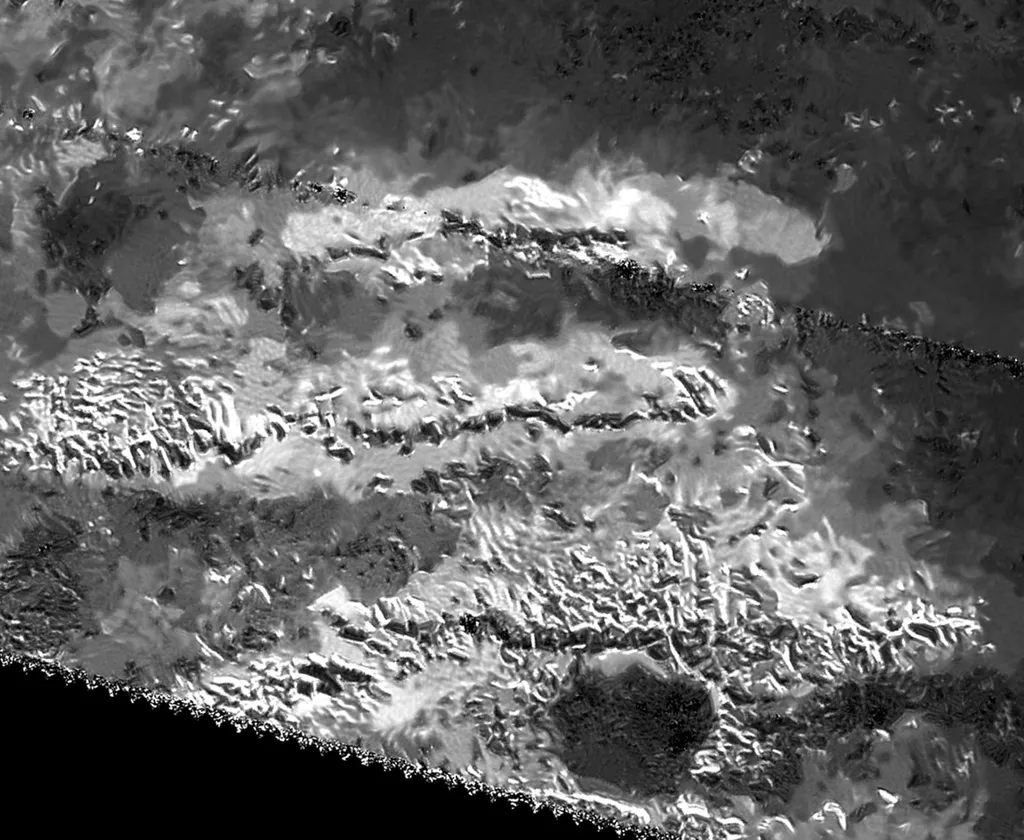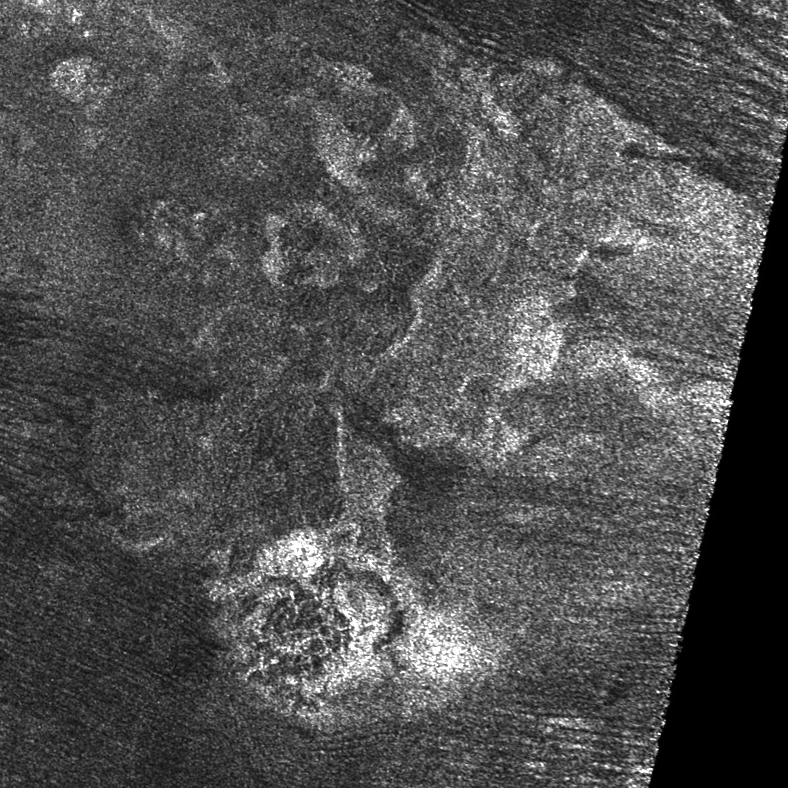
The Sirens of Titan
Join me on a trip toward the outer reaches of our solar system. On the voyage, we’ll mix metaphors from two fantastic authors. I think the conflation we’ll make might be acceptable to one of them. Maybe both!
In 1959, Kurt Vonnegut published his second novel. Setting the tone for his subsequent works, dripping with science fiction, black humor, and a healthy dose of irony, The Sirens of Titan leans heavily on explorations of free will and omniscience.
Part of the action transpires on the Saturnian moon, Titan. One character lures another to travel to Titan via spacecraft with the promise of women far more attractive than those on Earth. For those unfamiliar with Homeric mythology, the sirens were creatures who enchanted sailors with gorgeous songs, only to seduce them to shipwreck. In Vonnegut’s tale, when the character, named Constant, arrives on Titan, he discovered not only no gorgeous women but no humans at all. He had been tricked by the promise of sirens.

Titan is Saturn’s largest moon and the second-largest satellite in the solar system. The body is so large it’s often described as a planet-like moon. Titan’s diameter is 50% larger than that of our moon and is 80% more massive. Titan is even bigger than the planet Mercury!
A couple of Titan’s characteristics stand out among the bodies of our system. Composed of rock and ice, Titan is the only known moon to feature a dense atmosphere. Other than Earth, Titan is the solitary figure in the solar system known to exhibit stable bodies of surface liquid.
The orb is also beautiful. Discovered by Christiaan Huygens in 1655, we got the first good look at Titan in 2004 thanks to a probe half-named for him. The Cassini-Huygens mission provided mana for both scientists and the eyes of those who love space.



Titan’s surface is generally smooth because it is relatively young. However, the Cassini-Huygens probe discovered some rather interesting peculiarities that have us salivating here at TMAC headquarters: mountains!
Scientists theorized cryovolcanoes might exist on the moon since the amount of methane in the atmosphere cannot be produced by the liquid on its surface. Several mountains scanned might be volcanic. In 2006, the probe uncovered an entire mountain range, 150 kilometers in length! By 2016, astrogeologists believe they discovered the tallest mountain on Titan, which rises 10,948 feet high. This peak is in a range called the Mithrim Montes. A “mons” is the fancy scientific term for mountain and its plural form is “montes.” But what does Mithrim come from?
I promised two authors in today’s episode and I know a few readers won’t need any additional info to identify the second.

Perhaps your guess might become more accurate if we admire another mountain from Titan.
This crag is Doom Mons, AKA Mount Doom:

In our previous publication, Issue #248, we explored the mountains of Mordor. As you might recall, the centerpiece was Mount Doom. How can Mount Doom be in Mordor and Titan at the same time?
The answer arrives from a marriage between the International Astronomical Union, which is responsible for the naming of celestial objects, and J.R.R. Tolkien. The mountainous hallmarks of Titan are all coined after Tolkien locations!
Doom Mons and Mithrim Montes are just two of the currently known high spots on Titan. Other Middle-earth mountains honored on Titan include Erebor Mons, the Irensaga Montes, the Mindolluin Montes, the Misty Montes, and the Taniquetil Montes.
The fun didn’t stop with mountains proper, though. Titan also contains shorter surges, your hills or knobs. These rises are also named after Tolkien creations. Instead of mountains, the IAU mined characters for these points. The correlating planetary-geological name for hills is a “collis” or multiple “colles.” On Titan, one could visit the Bilbo Colles, the Arwen Colles, the Faramir Colles, the Gandalf Colles, the Handir Colles, and the Nimloth Colles.

So, we’ve successfully merged Kurt Vonnegut and J.R.R. Tolkien by investigating Saturn’s Moon, Titan.
Though the means by which a human could travel to Titan is, as yet, not invented, perhaps the sirens to which mountain lovers might be called would be Tolkien’s montes and colles. Would it not be breathtaking to gaze upon the Misty Montes on Titan? Around here, we can easily define “sirens” as “mountains.”
Unlike the character Constant from The Sirens of Titan, we would not find the object of our expedition absent. We would encounter all sorts of Middle-earth-ian crags. But would we ever make it home? The journey would be fraught with peril, but the siren call would be thrilling to pursue!














Pingback: Second Anniversary Issue – themountainsarecalling.earth